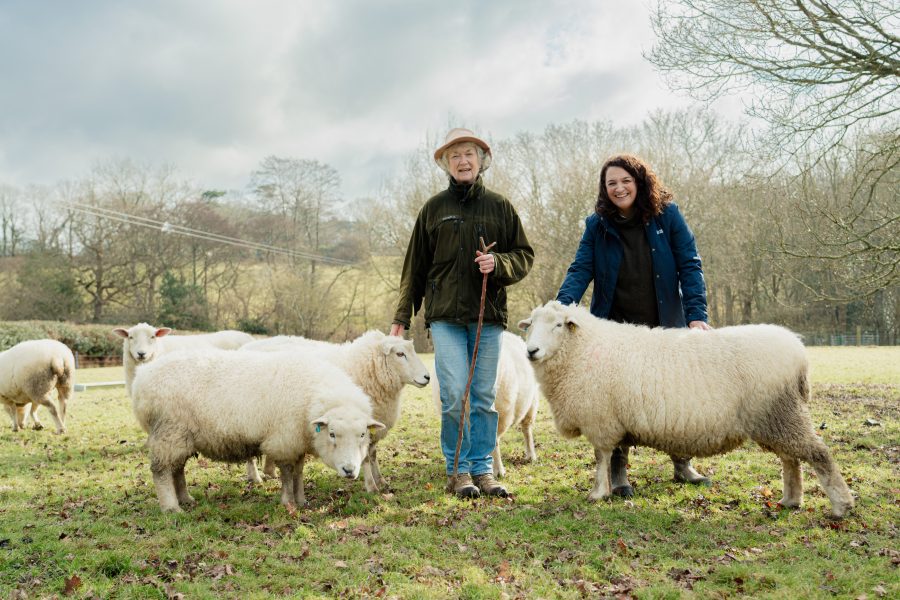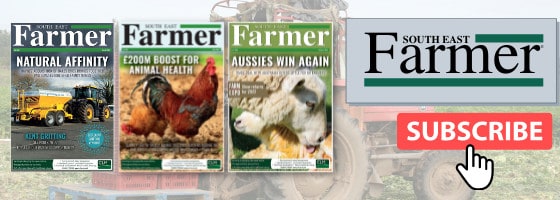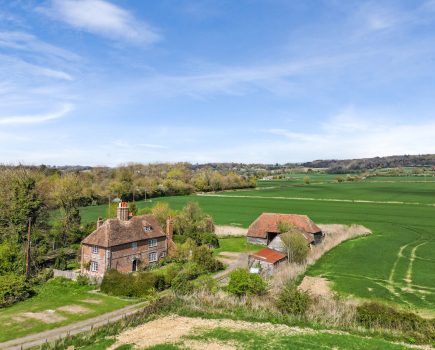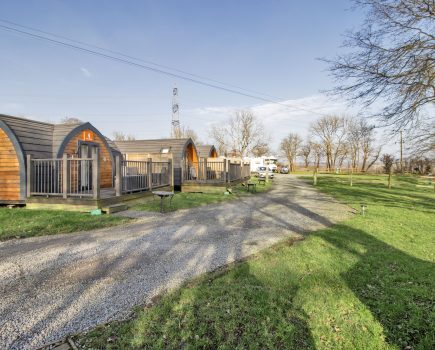Farmer Alison wanted a land diversification option that would support her sustainable farming practices and her ongoing nature restoration work.
After learning about Biodiversity Net Gain (BNG), Alison chose to transform part of her East Sussex family farm into a BNG Habitat Bank that would be managed, in part, by sustainably grazing her own flock of sheep, and a flock owned by her neighbour.
Since 2023, Environment Bank has been helping Alison create and enhance habitats on her land. Working together, we’ve set up a Habitat Bank that is building ecological connections between stunning new wildflower meadows and the surrounding woodland, home to majestic oak trees that have stood for centuries.
What made you consider a BNG Habitat Bank for your land?
“We’ve run our farm with nature in mind for decades – planting hedges, woodland, and wildflower meadows – and we’ve always been looking to do more.
I first heard about BNG at my local farm cluster group and somebody mentioned Environment Bank. We initially looked at doing BNG on our own, but the time, skills, and risks involved meant that it wasn’t really for us.
So that’s when I looked into what Environment Bank offered so I could see how it would fit in with what we were already doing and what we wanted to do next for the land.”
Why did you choose to partner with Environment Bank?
“We felt that working with Environment Bank would suit our current operations and everything else we’re doing. BNG had to fit in with our style of management, the skills that we’ve got, and the time we’ve got available – and, by working with them, it seemed to fit very well!
Doing it with Environment Bank was also a lot safer because we don’t take on much of the risk associated with BNG and the annual rent and management payments we receive give us more security.”
What was involved in the early stages of your BNG Habitat Bank?
“Environment Bank’s ecologists surveyed the existing species to see what sort of biodiversity uplift could be achieved on our land. We had six fields that we hoped to use for planting or some other nature scheme, and Environment Bank chose four of them.
We’re right on the edge of the High Weald in East Sussex and we have areas of Ghyll woodland which are typical of the area. So far, we’ve done some edge planting with scrubby species to join up the woodland, including some places where it was removed in the past, and create connections between the woodland and habitats in the fields.
We’re currently managing the Habitat Bank with sheep grazing in the winter and hay cuts in the summer, which is working especially well for all the wildflower meadows, and we have plans to dig new ponds this autumn, so it’ll be interesting to see what happens for the wildlife!”
How is the Habitat Bank supporting your land and farming business?
“My family work well as a team: I manage the grass and the sheep, my eldest son is a forester who manages the woodland, and my second son does all the tractor work, fencing and laying hedges.
My sons are pretty committed to staying on the farm – with some of our grandchildren really keen to stay – so the BNG Habitat Bank is a layer of security for them.
And now the wildflower meadow mixes have gone in, we can already see a diversity of plants coming up which is nice for the butterflies and bees – and for our livestock to eat!”
What advice would you give to others considering BNG?
“Investigate the available options for BNG and choose the route that best suits your skills and criteria. The BNG Habitat Bank we are creating with Environment Bank meets our goals for supporting wildlife and suits the work we’ve been doing for years, now on a larger scale.”
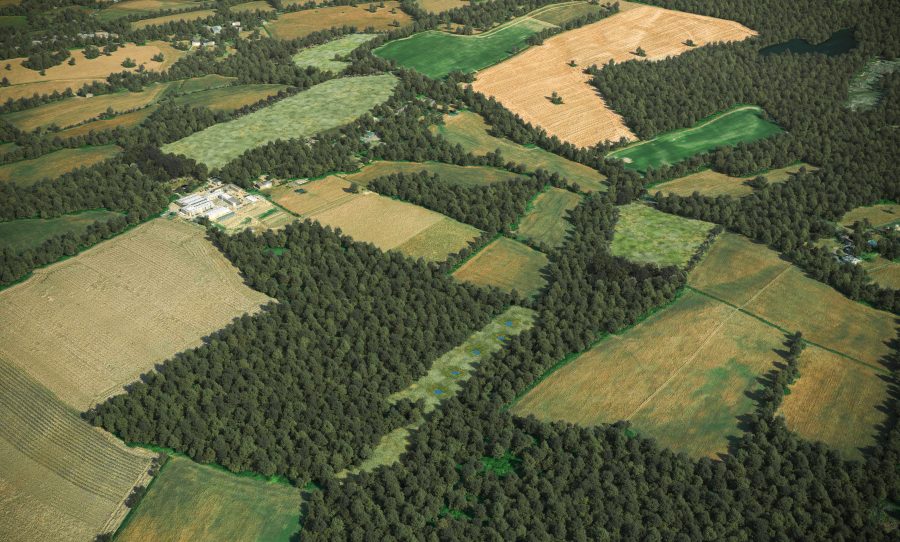
The 30-year vision for the Habitat Bank on Alison’s land

